Pekka Buttler, 17th April 2023
The lens’ data sheet is accessible here.
The setup
• Helsinki, Finland. 17th April 2023 between 9 and 10:30 a.m. (morning, blue skies).
• Sony ⍺7R2, Kipon dumb adapter, Carl Zeiss Skoparex 35 mm f/3.4 lens (as pictured)
After a long and dark winter, Helsinki is starting to come alive again. But after the winter-season (characterised with snow, and a general whiteout), we’re now in the dust-season. The snow has melted, but all the sand and stone clippings used to combat slipperiness have not been cleared away. Many of the images show those clippings. Air quality is dismal, and you do not need to be asthmatic to want to avoid the streets (hence also a general haziness in many of the images).
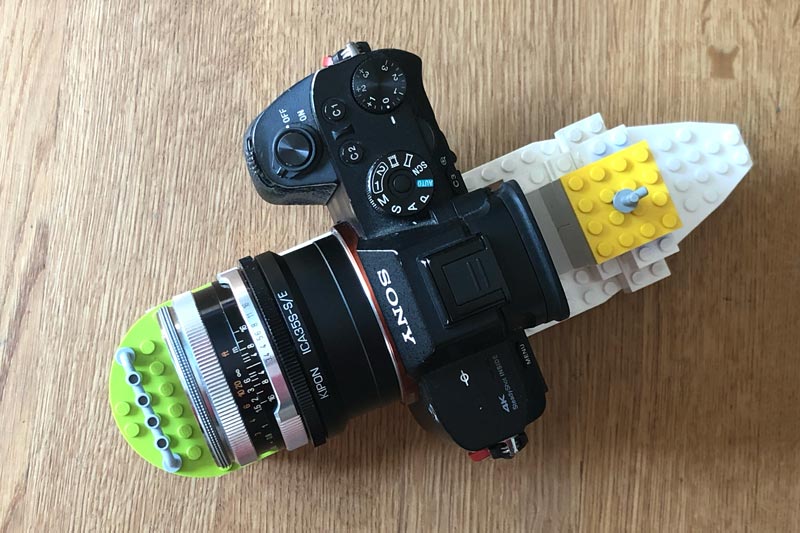
• My sample of the Skoparex is in optically and aesthetically good shape, but some red lint (from the oldskool lens case) has gathered between aperture ring and breech-lock ring. My copy of the Skoparex uses the Icarex mount, and therefore necessitates a somewhat rare adapter.
• In general, the lineup of lenses branded ‘Carl Zeiss’ and sold for the Zeiss Ikon Icarex line of cameras were originally Voigtländer designs, such as this Skoparex. The differing genealogy is quite evident by the fact that this lens uses the Voigtländer serial numbering scheme (according to the Carl Zeiss (west) numbering scheme a serial number of ≈7 million would result in a date well past the Icarex’s discontinuation date, whereas the Voigtländer scheme1 would indicate the late sixties)
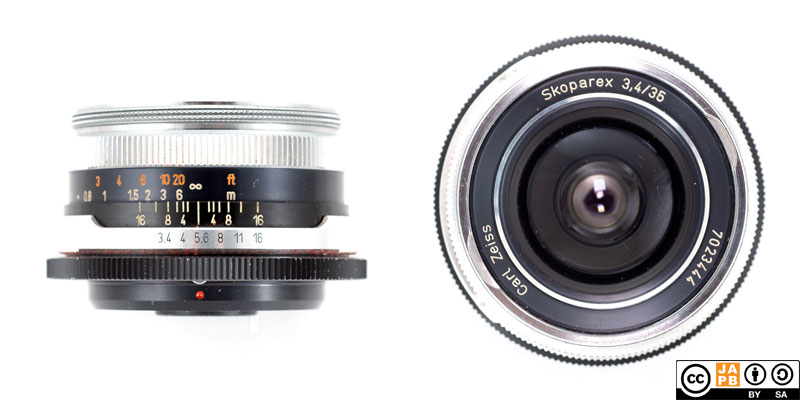
The Lived experience
[Please remember that all comments apply to me personally, and this specific sample]
The hassle:
No big hassle. Carl Zeiss/Vogtländer lenses for the Icarex system are highly usable as adapted lenses. Mount the lens on the adapter, mount the adapter on your mirrorless body, make sure your cameras settings don’t expect a modern high-tech lens, and go shooting.
While those lenses that were offered in m42 mount obviously have an advantage in the availability of m42 adapters, once you have an Icarex mount adapter, I consider the Icarex versions to be more usable.
The ergonomics:
If you’re no big fan of plastics or rubber, then this lens is for you, as every control ring on the lens is 100% metal.
Then again, it is not all fun and games. Firstly, the lens’ focus ring is quite narrow, and as it does not protrude, finding it with gloved hands is a bit bothersome. Moreover, this seems to have been a very deliberate design choice, because even bigger Icarex lenses (like the 200 mm Super-Dynarex) feature the same narrow focus ring.
With bare fingers the focus ring is nicely grippy. Turning the focus ring demands some decisiveness, as the focus ring is far from being accidentally turned. On the other hand, it does not necessitate force (it is possible to turn the focus ring without turning the camera in your right hand) and given that all my Icarex lenses exhibit the same behaviour, I have to assume it is intentional. The lens’ MFD of 30 centimeters is more than okay for a late 1960s German lens and does extend the lens’ usefulness significantly.
One peculiarity of the ‘Zeiss’ lenses for the Icarex system is that the aperture ring does not have click-stops. While clickless aperture rings are all the rage among videographers, among still photographers, they tend to be somewhat divisive. Personally I do not mind too much, but it does lead to that one tends to have to look at the lens when changing aperture.
From today’s perspective an f/3.4 maximum aperture is not a strong selling point. Then again, given that the lens was introduced when going beyond ISO 400 was considered adventurous, one should not gripe too much.
For being a relatively early wide-angle, the lens is by no means large, and is only slightly larger than the Icarex -lineup’s slow fifties (the Tessar and Color-Pantar). It is by no means a lens that you have to leave at home to keep your back from breaking.
The Icarex lenses do not have traditional filter threads (rather a proprietary bayonet for connecting lens caps, hoods, filters, etc.). The fact that the front of the lens does not rotate is therefore pleasing only if you’ve managed to source an original filter holder.
The Image quality
I have not been pixel peeping, nor is this a side-by-side comparison, but I find sharpness and contrast to be fully sufficient considering that we’re talking about a wide-angle lens from the late 1960s.
The lens suffers some lateral chromatic aberration, but only when wide open and only when viewing 1:1. Also, based on these shots, this lens does not suffer any significant field curvature. There is some softness in the extreme corners even at f/8.
In general, I like the colour rendition and am reasonably pleased with how well the lens managed to render the colors that were available. The lens produces clearly noticeable barrel distortion, but it is clean (not complex) and easily corrected in post. There is rather moderate vignetting wide open (not field-relevant) and by f/5.6 it is entirely under control.
In extreme situations, the lens evidences some veiling and ghosting, and it is quite evident that this lens is not on par with modern lenses and coatings. While none of the images taken today evidence any sunstars, the Skoparex produces interesting asymmetrical 10-spiked sunstars (every second spike is longer). Out of focus background highlights (‘bokeh balls’) show clear outlining, with some potential for being soap-bubbly. At f/3.4 this is not a lens you’d grab to get bokeh, but – in general – I consider the out-of-focus areas to be quite pleasing.
The gallery
All images shot in RAW with Auto WB, IBIS on.
Post-processing: ACR Default, some crop and straighten (some images), NO changes to tone/exposure, Resize to 2048 px, save as JPG.
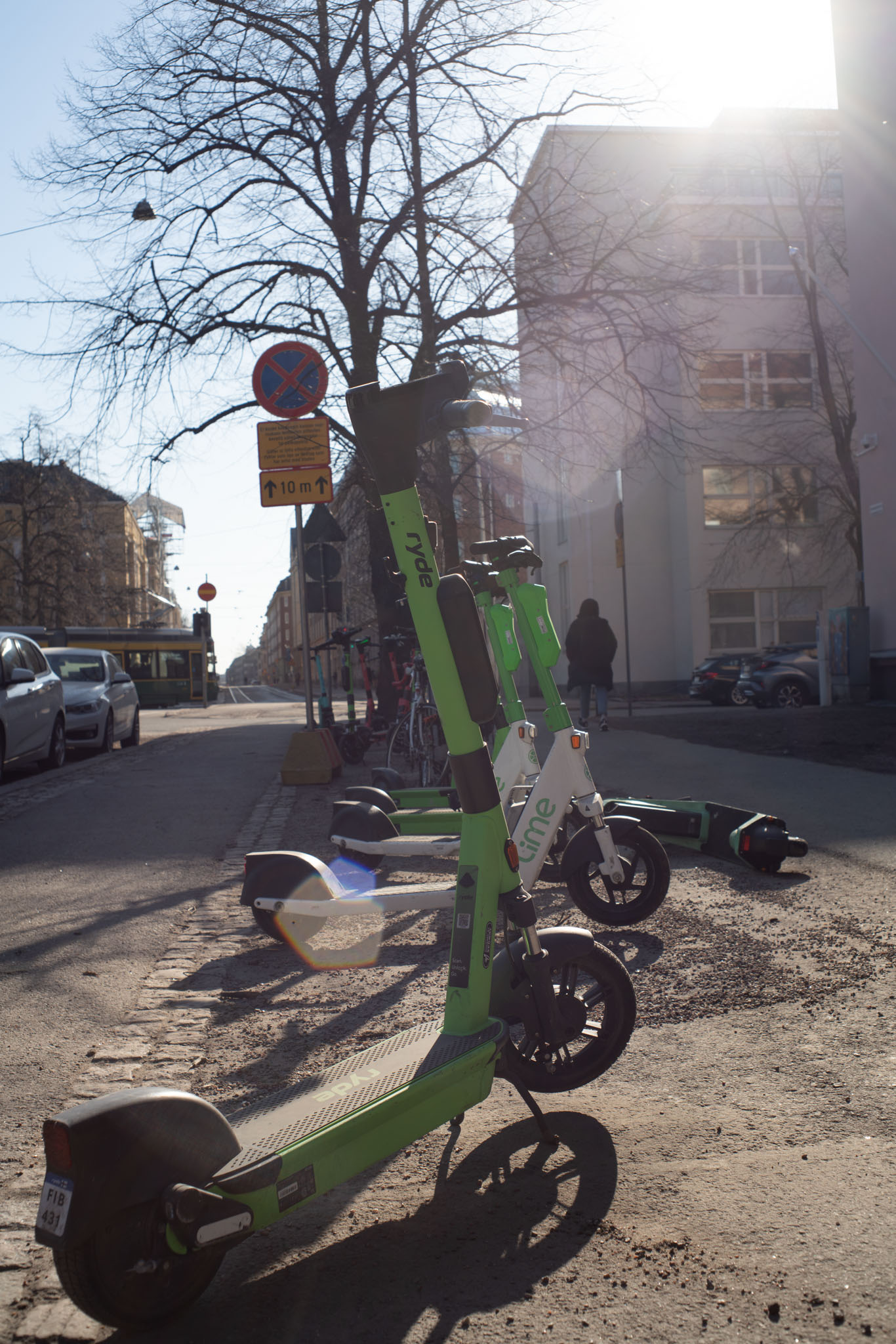




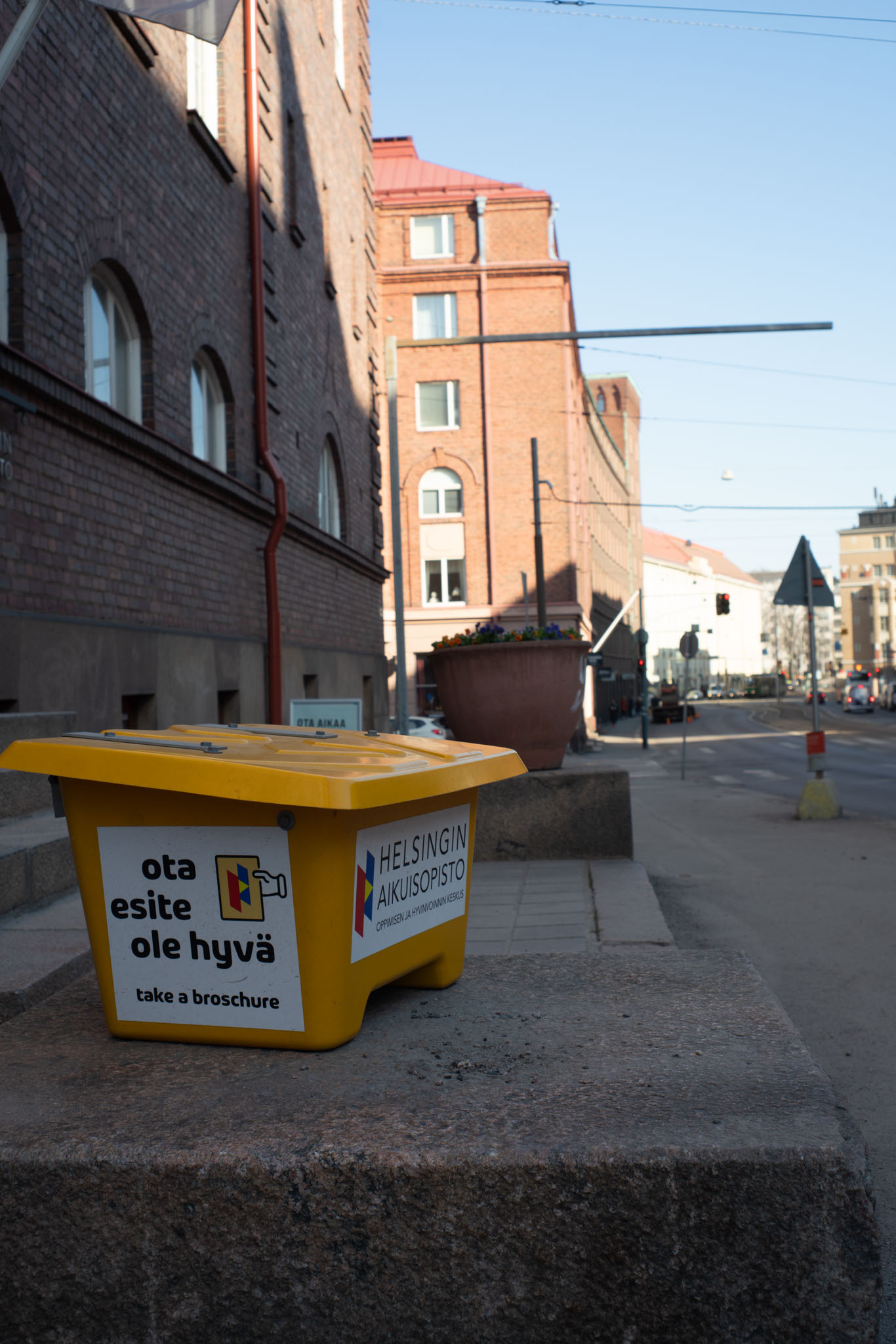
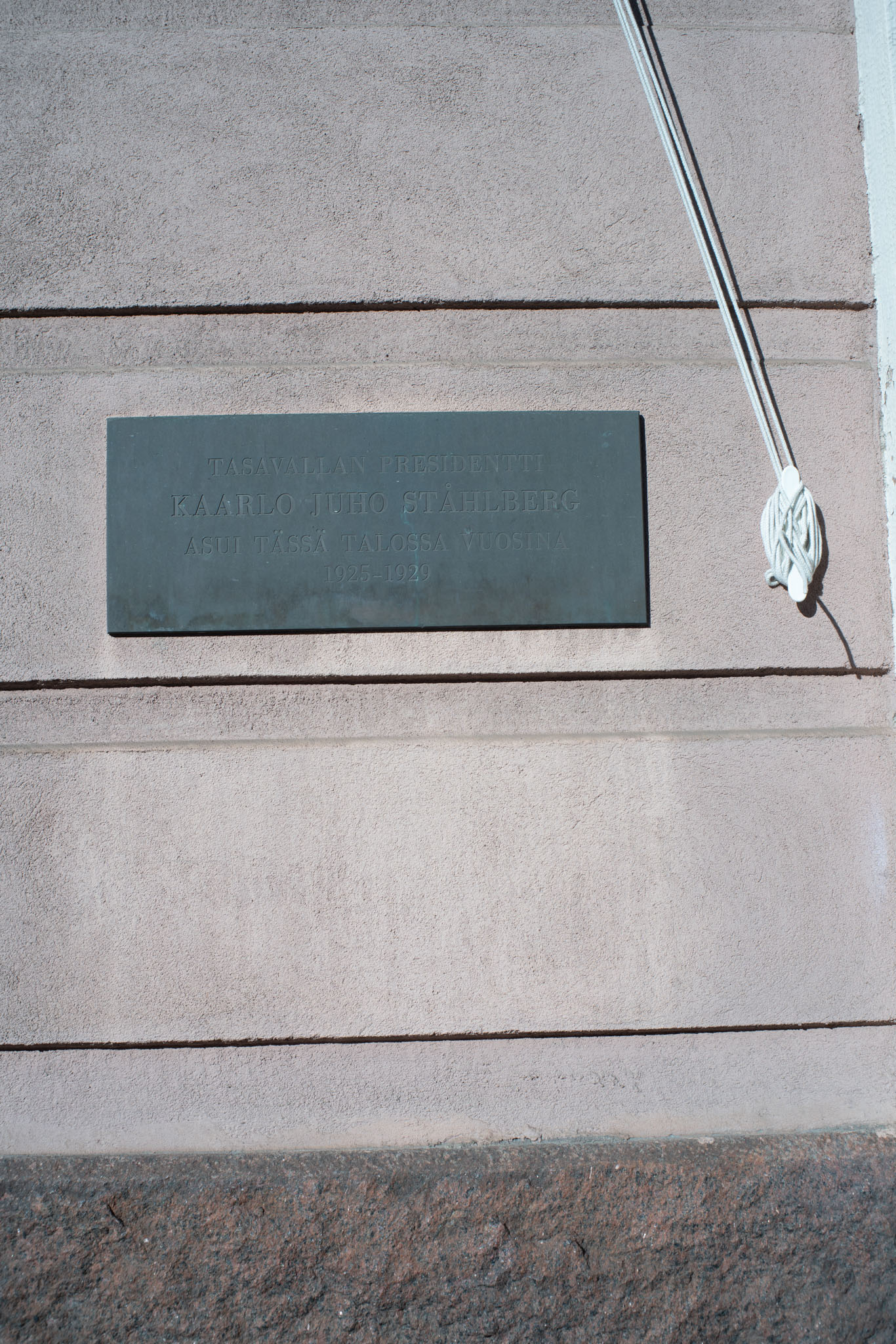
f/8, 1/400 s, ISO 100

f/8, 1/125 s, ISO 100


f/8, 1/60 s, ISO 100
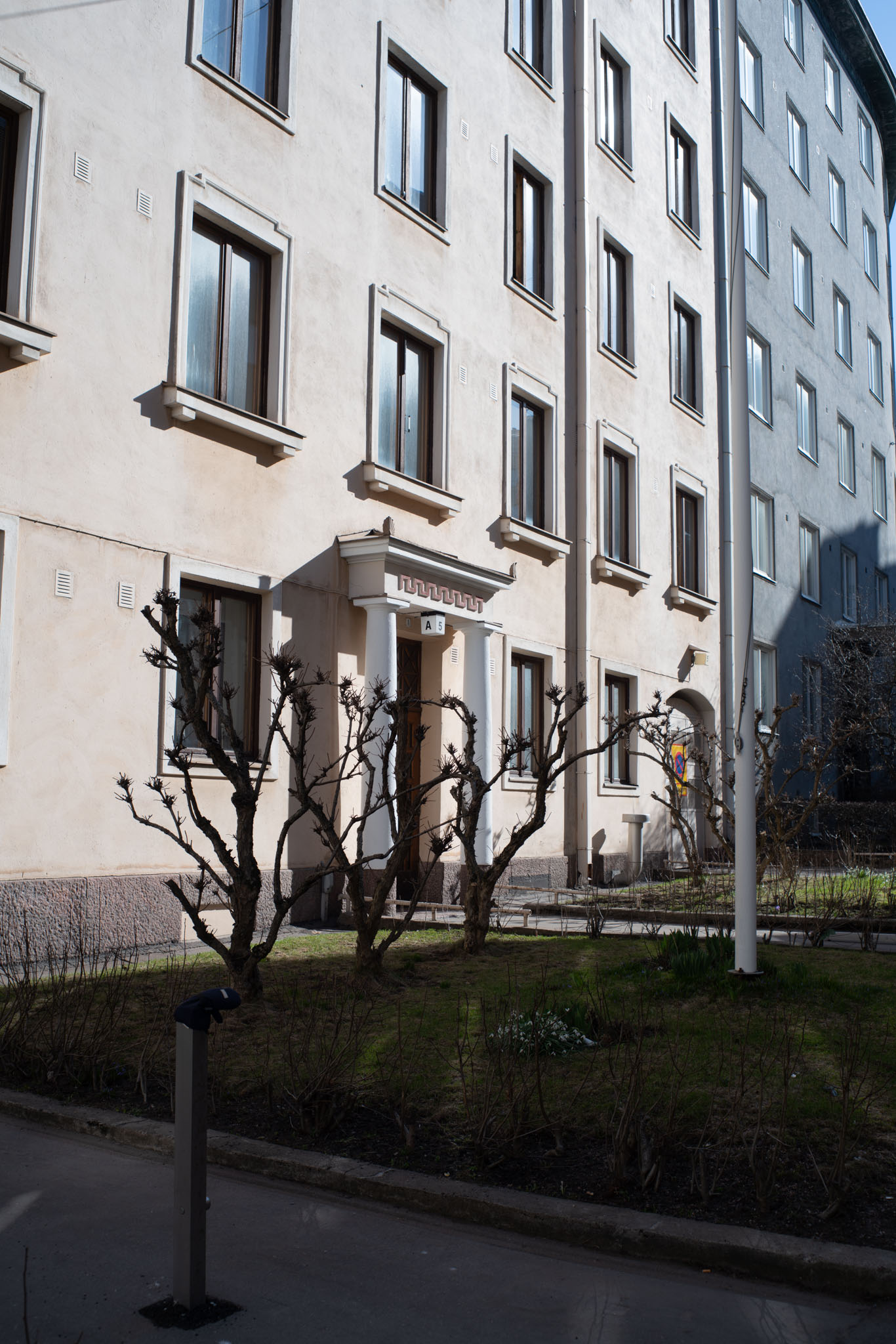


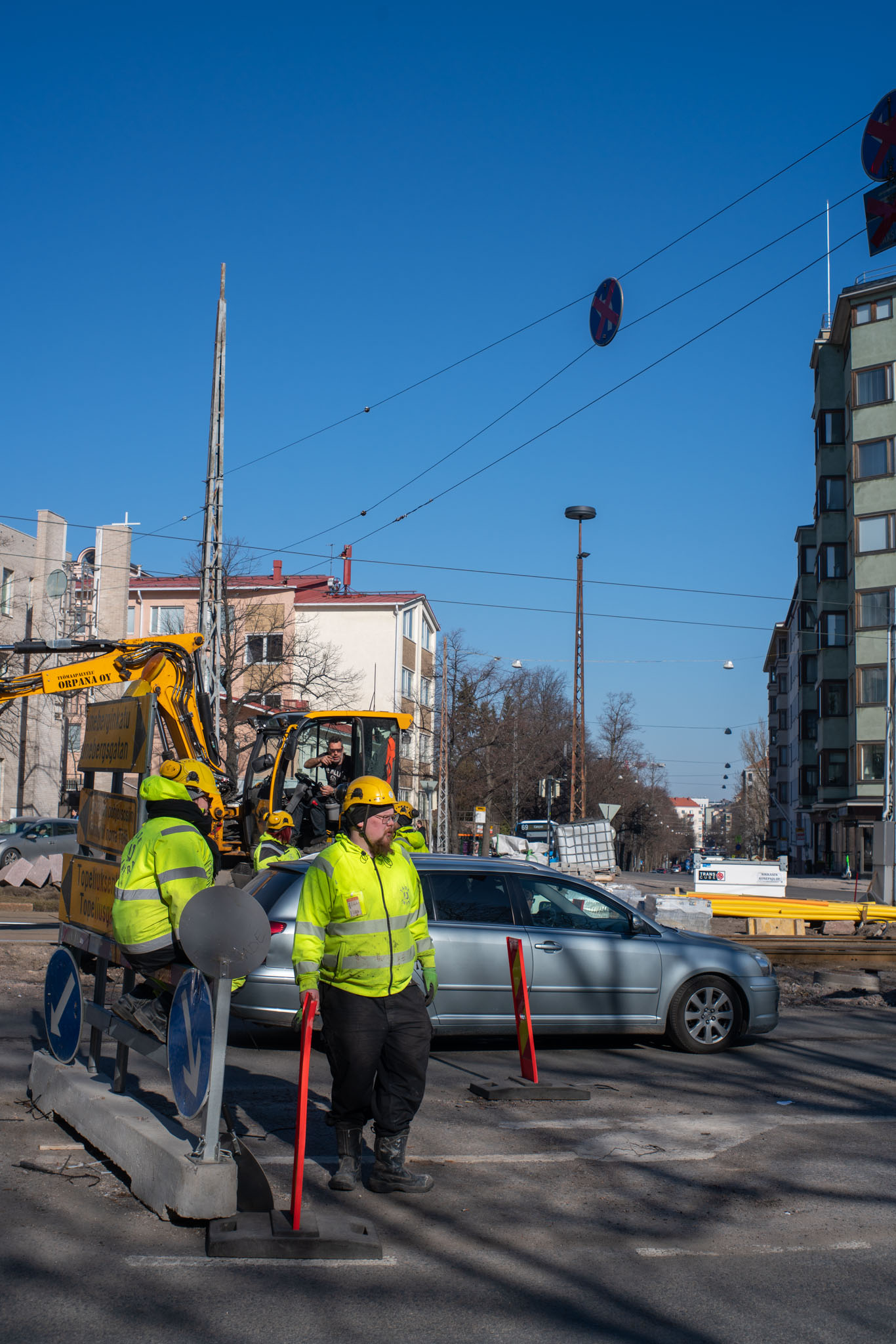


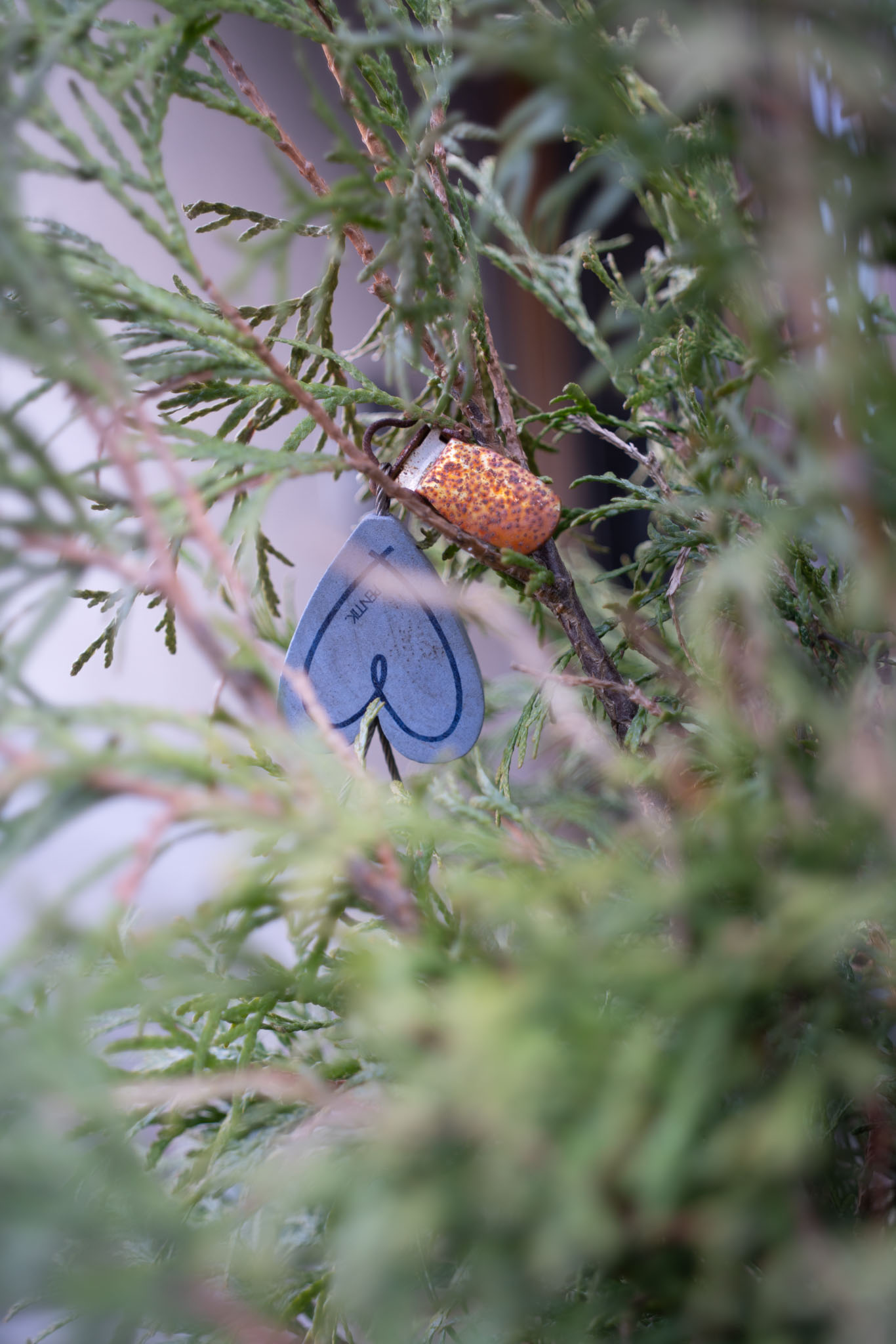

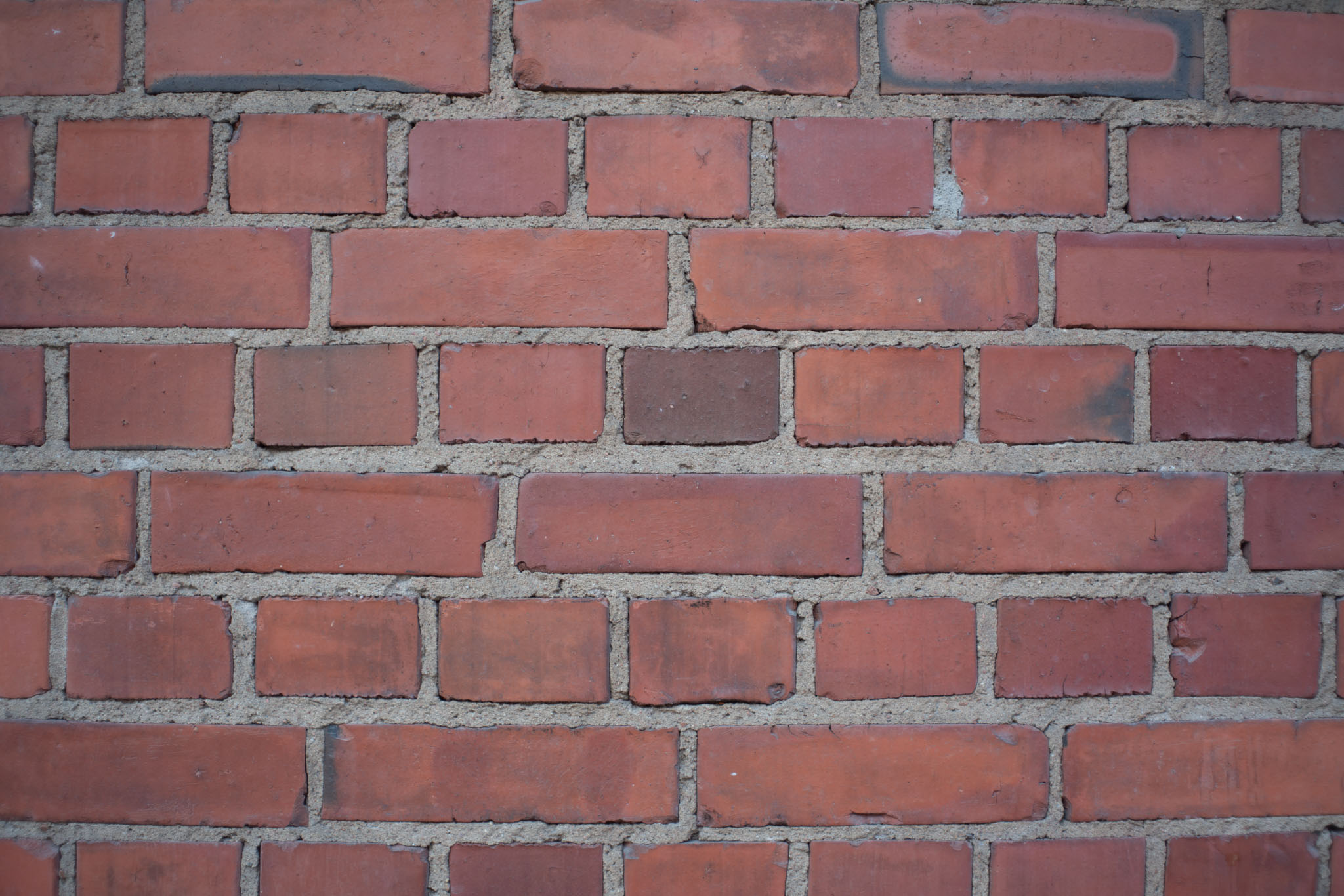

f/8, 1/80 s, ISO 100


f/3.4, 1/500, ISO 100 (@MFD)
Footnotes
1 Regular sources for the Voigtländer numbering scheme tend to end at 1965 – the date at which Voigtländer was integrated into Carl Zeiss (West) and after which the trade name Voigtländer temporarily vanished. Nevertheless, the Icarex example shows that the same numbering scheme was used for Voigtländer-derived Carl Zeiss-branded lenses.